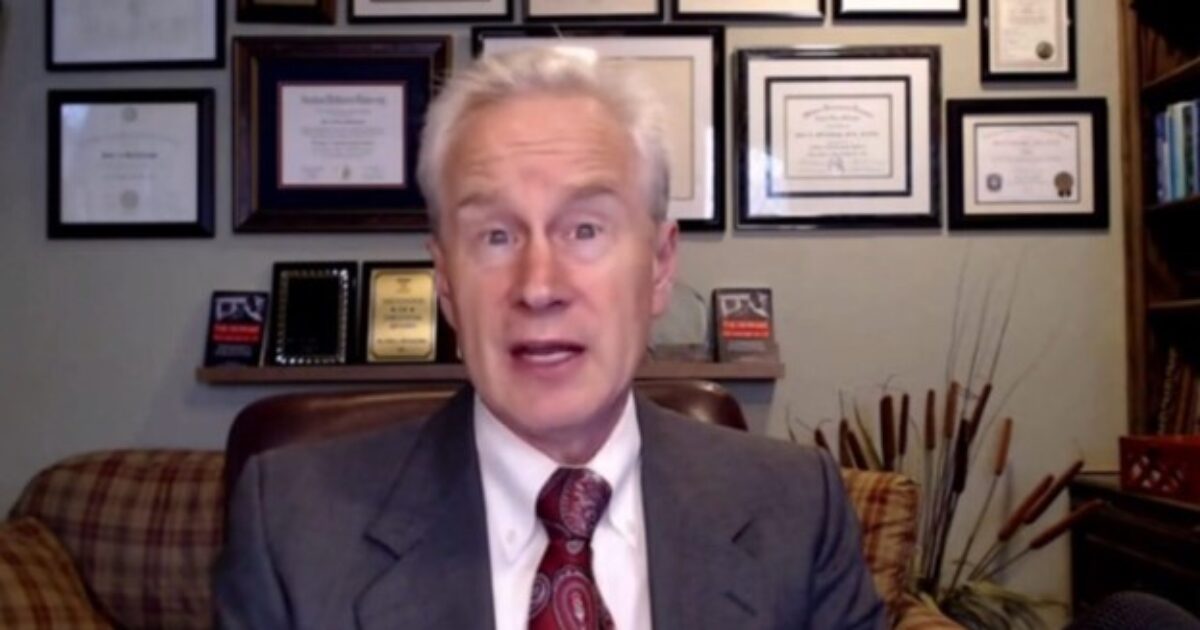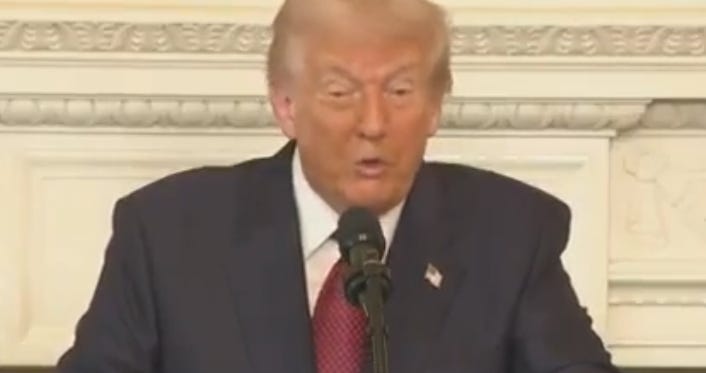A seismic shift has occurred in New York City. Zohran Mamdani, a fresh voice promising a new direction, has been elected mayor, decisively defeating both independent Andrew Cuomo and Republican Curtis Sliwa. The victory wasn’t simply a win; it was a resounding mandate for change, echoing through the boroughs and signaling a new era for the city.
The foundation of Mamdani’s triumph lay in a powerful, diverse coalition. Preliminary results reveal a surge of support from young voters, a demographic hungry for a different future. An astonishing three-quarters of New Yorkers under 30 cast their ballots for the Democrat, a clear indication of generational momentum.
This wasn’t just a youth movement. Mamdani resonated deeply across racial lines, securing strong support from Black and Asian voters. While the race was tighter among Hispanic voters, they ultimately leaned towards Mamdani, recognizing his vision for a more equitable city.
The election exposed surprising fractures within established party lines. A last-minute endorsement from former President Trump backfired spectacularly for Cuomo, with a majority of Republican voters ultimately siding with the independent candidate, Sliwa, rather than their own nominee. This revealed a deep discomfort within the party itself.
Mamdani’s appeal extended beyond traditional Democratic strongholds. He tapped into a growing sentiment of democratic socialism, attracting nearly four in ten Democratic voters who identify with this ideology. This suggests a significant ideological shift within the city’s political landscape.
Generational divides were starkly apparent, particularly among Jewish voters. While older generations largely favored Cuomo, a remarkable half of Jewish voters under 45 embraced Mamdani’s message of progress and inclusivity. This hints at a changing of the guard within a key voting bloc.
The issue of Israel played a role for some voters, especially within the Jewish community, but Mamdani still managed to connect with those who saw it as a minor factor in their decision. His broader vision for the city ultimately proved more compelling to a diverse electorate.
Beyond policy, voter enthusiasm proved decisive. Mamdani’s supporters weren’t simply voting *for* him; they were voting *for* a future they believed he could build. In contrast, many Cuomo voters admitted their choice was driven by opposition to other candidates, a less passionate endorsement.
Local concerns, particularly the soaring cost of living, dominated the election. Six in ten voters identified affordability as the most pressing issue, and Mamdani’s platform of economic justice resonated deeply with those struggling to make ends meet. He became the candidate of those feeling the squeeze.
The housing crisis loomed large, with over 80% of voters acknowledging it as a significant problem. Mamdani’s commitment to rent stabilization and affordable housing proved to be a winning strategy, particularly among the city’s vast renter population.
While concerns about crime were present, voters prioritizing affordability overwhelmingly favored Mamdani. This suggests a growing recognition that economic security is inextricably linked to public safety. A city where people can thrive is a city that is inherently safer.
Ultimately, New Yorkers chose a candidate who promised change, a candidate who understood their struggles, and a candidate who offered a vision for a more just and equitable future. Zohran Mamdani’s victory is not just a political upset; it’s a testament to the power of a new generation and a renewed hope for the city that never sleeps.






